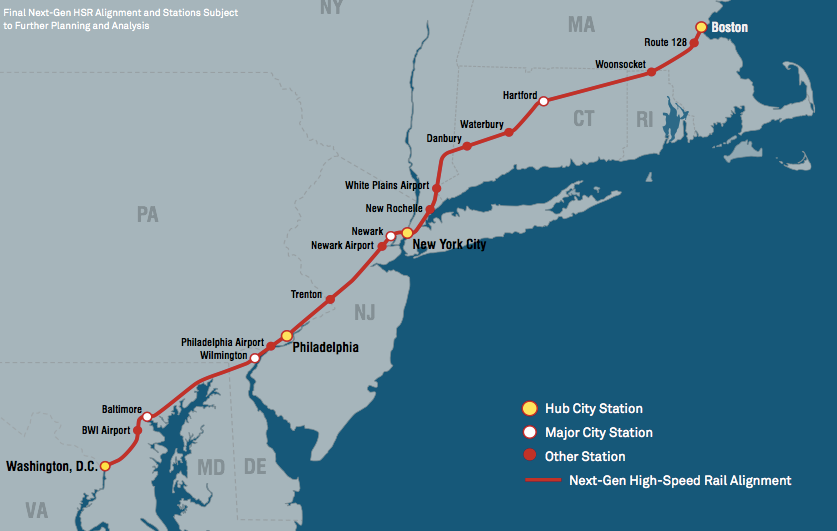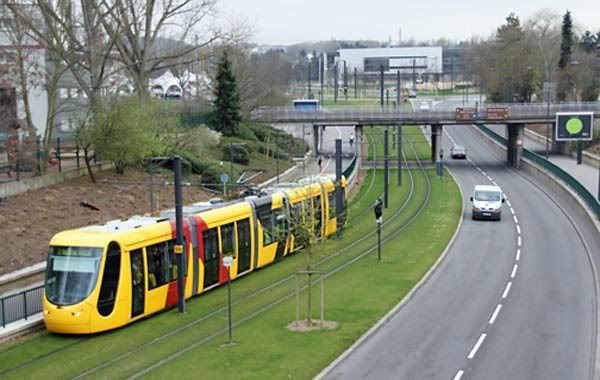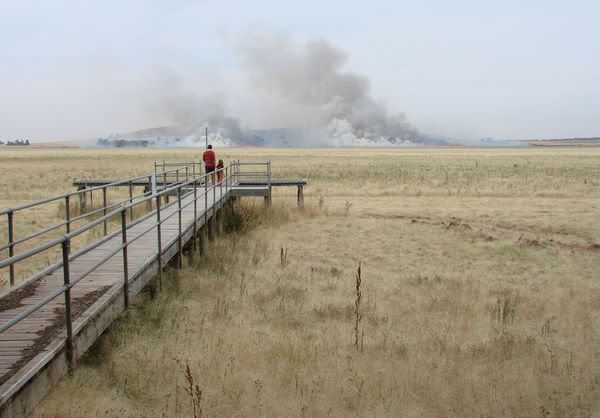Burning the Midnight Oil for Living Energy Independence
 For the Daily Kos edition of this essay, I wrote:
For the Daily Kos edition of this essay, I wrote:
This is a fairly short Sunday Train, but I thought I better get something posted, so I had somewhere to put this scheduling announcement:
- Due to a new prep on Monday Morning this coming Fall term, the Sunday Train is temporarily moving to Tuesday Evenings until the end of year Holidays, starting next week (19 October)
… but, hell, given the haphazard scheduling of the crossposts (eg, posting on Sunday and crossposting on Wednesday evening), y’all likely won’t notice the change.
The actual Sunday Train portion is about one element of the Amtrak proposal for a High Speed Rail corridor for the Northeast: the alignment. At the preliminary proposal stage, an alignment must be selected for study so that preliminary cost and patronage estimates can be performed. However, if the decision is made to go ahead, a range of alignments will be (and, indeed, must be) studied.
So tonight I take a brief look at the alignment options from the report.

 As The Transport Politic reported earlier this week:
As The Transport Politic reported earlier this week:  This last week, I have been staring at The Transport Politic post,
This last week, I have been staring at The Transport Politic post,  I was reading a
I was reading a  As
As 
 In the firefly-dreaming edition of last week’s
In the firefly-dreaming edition of last week’s  This week in The New Republic, Richard Florida
This week in The New Republic, Richard Florida  Recently,
Recently,  The big news from July was:
The big news from July was:  Here we are:
Here we are: Transport needs about 7 5% solutions per decade over the next two decades. With the White House policy as one, Steel Interstates, Nationwide Oil-Free Liberty Transport networks, 5% of trips by Active Transport, and doubling the fuel efficiency of cars carrying 10% of passengers, that’s 5 of the 7.
Transport needs about 7 5% solutions per decade over the next two decades. With the White House policy as one, Steel Interstates, Nationwide Oil-Free Liberty Transport networks, 5% of trips by Active Transport, and doubling the fuel efficiency of cars carrying 10% of passengers, that’s 5 of the 7.